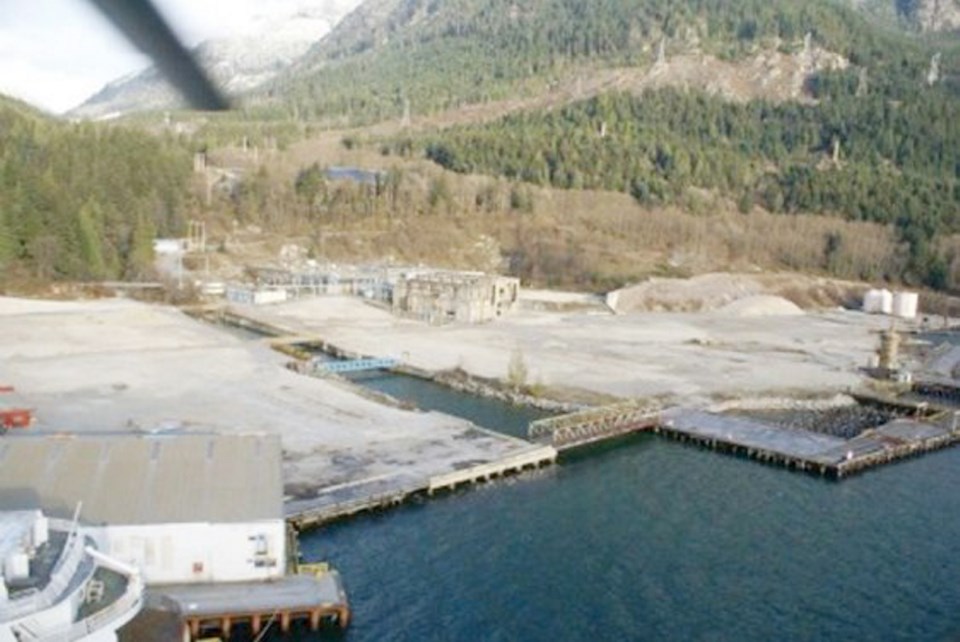While Pacific NorthWest LNG sits in limbo, another project that would source gas from the Peace Region has been granted federal environmental approval.
On Friday, Environment and Climate Change Minister Catherine McKenna announced her decision on the Woodfibre LNG export facility, saying the Squamish-based project was "not likely" to cause significant adverse effects on the environment.
Meanwhile, the environment ministry continues to sift through 30,000 public comments on Pacific NorthWest LNG—a process that will likely further delay the controversial project.
Woodfibre is a fraction of the size of Pacific NorthWest LNG—licenced to export just 2.1 million tonnes of gas per year, compared to 19.68 million tonnes. Still, much of that gas would come from the South Peace, providing an outlet for a resource currently dependent on anemic North American markets.
Unlike Pacific NorthWest LNG, Woodfibre would be built on previously developed land. The Prince Rupert project would be located on Lelu Island, near sensitive salmon habitat, while Woodfibre is slated for the site of a former pulp mill.
Woodfibre would also have significantly lower emissions that the Petronas-led project, which could become one of the largest carbon emitters in Canada. While Pacific NorthWest would burn its own gas both upstream and at the plant itself, Woodfibre would connect to the largely-renewable BC Hydro grid. In market materials on its website, Woodfibre bills itself as "one of the cleanest LNG facilities in the world."
Still, the project has encountered resistance in Squamish. On a visit to Dawson Creek last year to see where gas for Woodfibre would be come from, Squamish Mayor Patricia Heintzman played down the project's economic benefits and voiced concerns about environmental impacts.
But the biggest obstacle to the project is financial. Woodfibre's parent company, Singapore-based Royal Golden Eagle, has yet to make a final investment decision. The global natural gas market faces oversupply and low prices, making it unclear whether Woodfibre will make economic sense.
Woodfibre would also have implications for the Site C dam. As a major industrial customer at a time when mills and mines are idle, the facility could potentially create an uptick in electricity demand.



